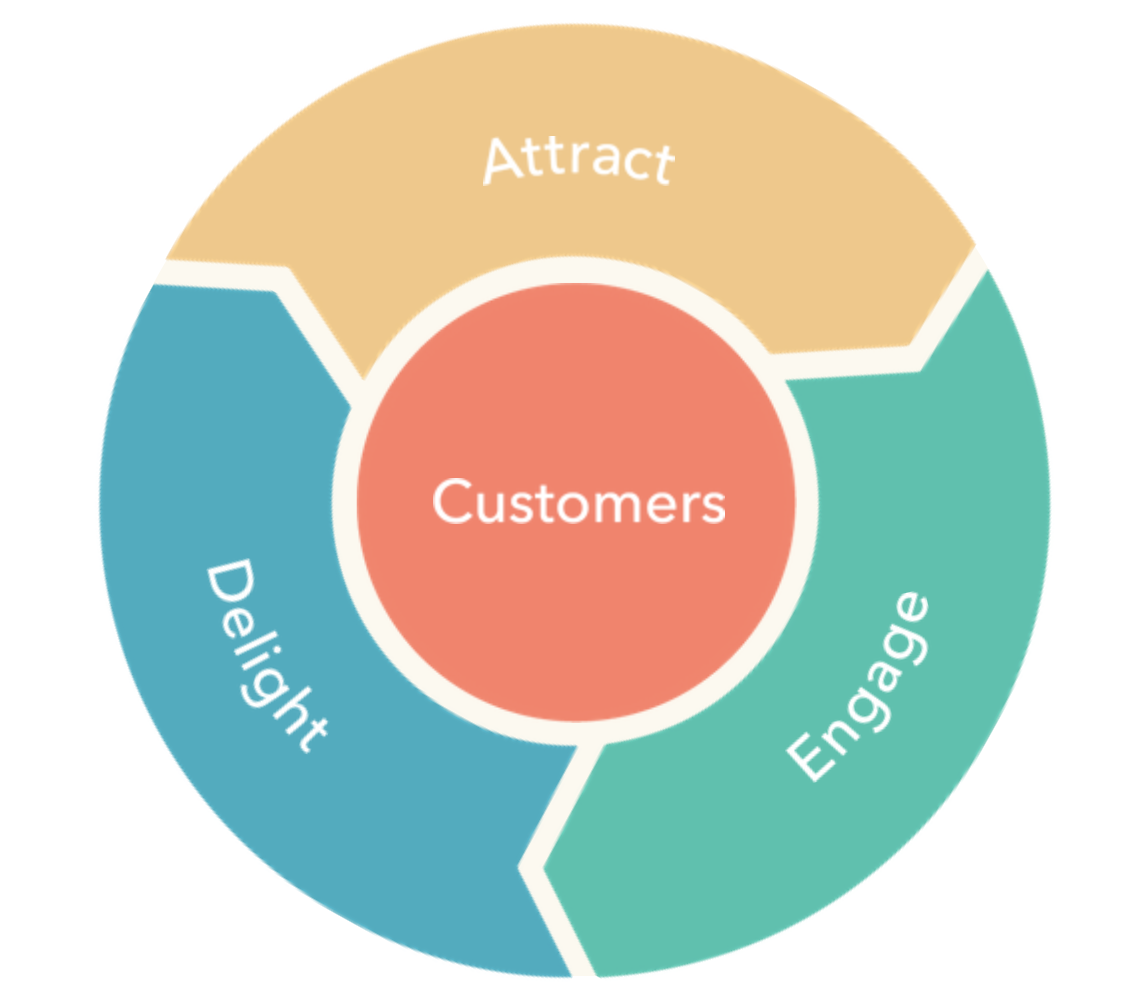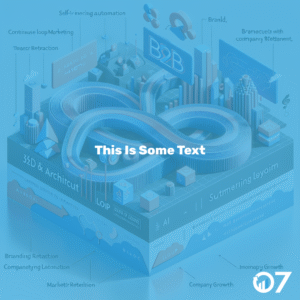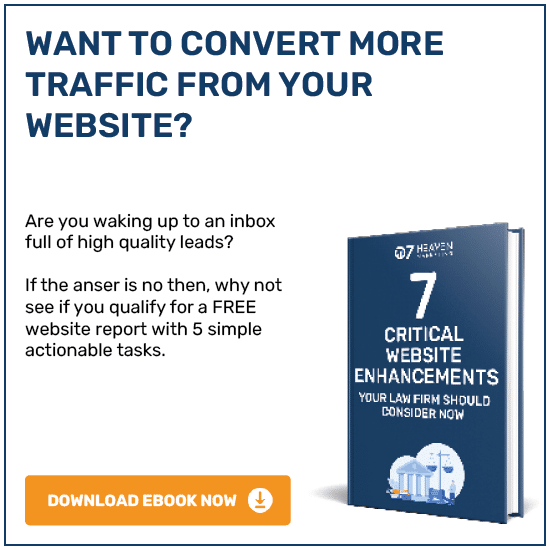In today’s rapidly evolving market, businesses constantly seek innovative strategies to attract, engage, and retain customers. The traditional sales funnel has served as a fundamental model for understanding customer acquisition and conversion. However, the advent of the flywheel model marks a significant shift in how businesses approach lead generation and nurture relationships.
Understanding the Flywheel Model
The flywheel model represents a paradigm shift from the conventional sales funnel. Unlike the funnel’s linear pathway, the flywheel offers a dynamic, circular process that emphasizes the momentum of customer engagement and retention. This approach reflects the interconnected nature of the customer experience, where each stage fuels the next, creating a self-sustaining cycle of growth.
Attract: Seeding the Ground for Growth
The attract phase marks the initial contact between a business and potential leads. In this stage, companies must deploy a variety of tactics to capture attention. This could involve content marketing, social media engagement, or SEO strategies. The goal is to offer value upfront, addressing potential customers’ needs and pain points without aggressive sales tactics. This value-driven approach lays the foundation for a relationship built on trust and relevance.
Engage: Cultivating Interest into Commitment
Having captured potential leads’ attention, the engage phase focuses on deepening that interest. This stage is about making the purchasing process as seamless as possible. Businesses must understand their prospects’ preferred communication channels and meet them there. Responsiveness and accessibility become key. By facilitating a smooth transition from interest to decision, companies can effectively guide leads closer to conversion.
Delight: Transforming Customers into Advocates
The transition from lead to customer is not the end but a critical inflection point in the flywheel model. The delight phase emphasizes the importance of exceeding customer expectations, not just meeting them. Exceptional post-purchase support, personalized engagement, and ongoing value creation are vital. Satisfied customers become brand advocates, driving word-of-mouth referrals and contributing to the flywheel’s momentum.
The Sales Funnel vs. The Flywheel
While the sales funnel has provided a linear representation of the customer journey, it falls short in capturing the cyclical nature of modern customer relationships. The funnel model ends with the sale, overlooking the ongoing potential of satisfied customers to fuel business growth. The flywheel, by contrast, recognizes that customer acquisition and retention are not linear but cyclical processes that feed into each other.
Implementing the Flywheel in Your Business
Transitioning from a sales funnel to a flywheel approach requires a shift in mindset. Businesses must prioritize customer satisfaction throughout the entire journey, not just until the point of sale. This involves:
- Investing in quality customer service to ensure satisfaction at every touchpoint.
- Leveraging customer feedback to continuously improve products and services.
- Encouraging and facilitating customer referrals to harness the power of word-of-mouth.
- Monitoring and analyzing customer interactions to identify opportunities for improvement and innovation.
Challenges and Considerations
Adopting the flywheel model does not come without its challenges. Businesses must be prepared to invest in long-term relationship building, often without the immediate gratification of sales conversions. Additionally, this model demands a cross-functional effort, requiring collaboration across marketing, sales, and customer service teams to ensure a seamless and integrated customer experience.
The Role of Technology
Technology plays a crucial role in enabling the flywheel model. Customer Relationship Management (CRM) systems, marketing automation tools, and analytics platforms are essential for tracking customer interactions, personalizing communication, and measuring the impact of various initiatives on customer satisfaction and business growth.
Conclusion
The shift from sales funnel to flywheel represents a broader move towards a more customer-centric approach to business. In a market where competition is fierce and customer expectations are higher than ever, businesses that embrace the flywheel model stand to gain a significant competitive advantage. By focusing on creating and sustaining momentum through continuous engagement, delight, and advocacy, companies can drive sustainable growth and build lasting relationships with their customers.
For businesses looking to stay ahead of the curve, understanding and implementing the flywheel model is not just an option but a necessity. As we move forward, the principles of attract, engage, and delight will become increasingly central to successful business strategies, redefining how companies approach customer acquisition and retention in the digital age.
If you would like to know more about HubSpot or the Flywheel, please do not hesitate to contact us- Give us a call on 01702 410663 or email us at info@07hm.co.uk today






